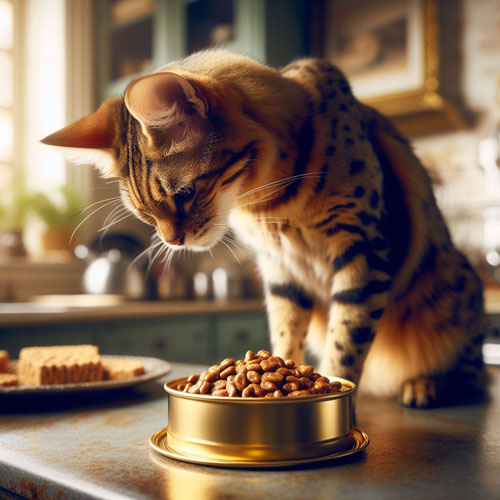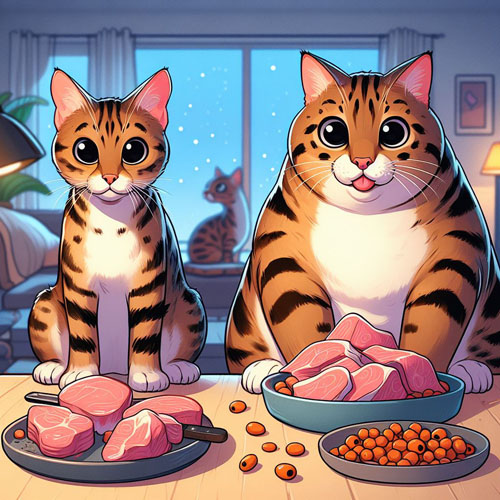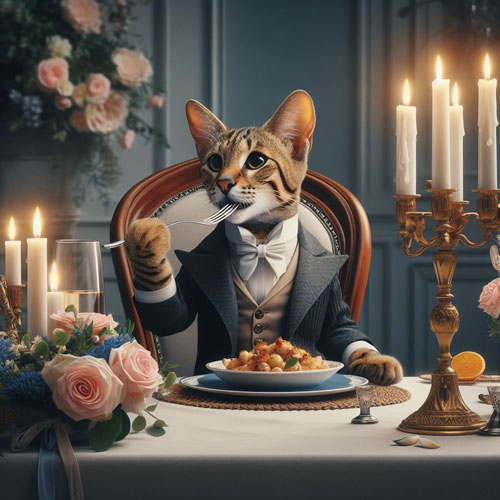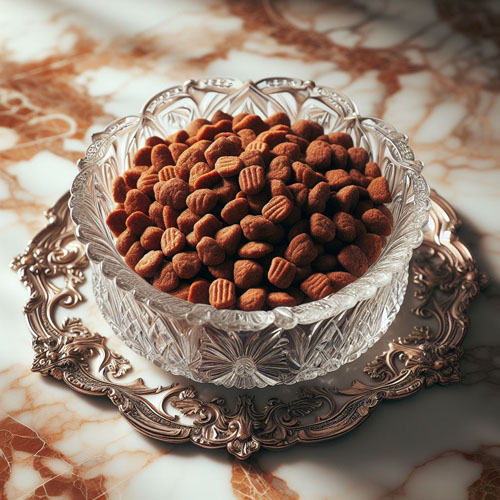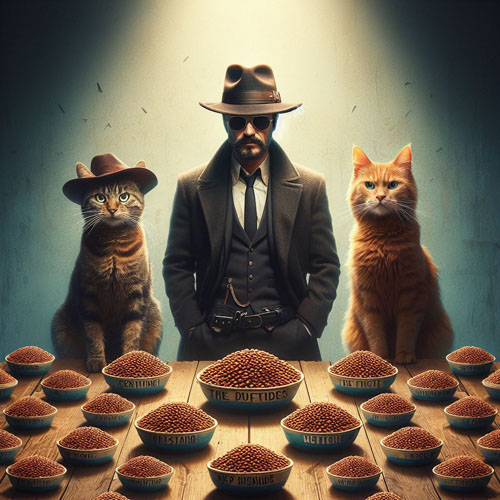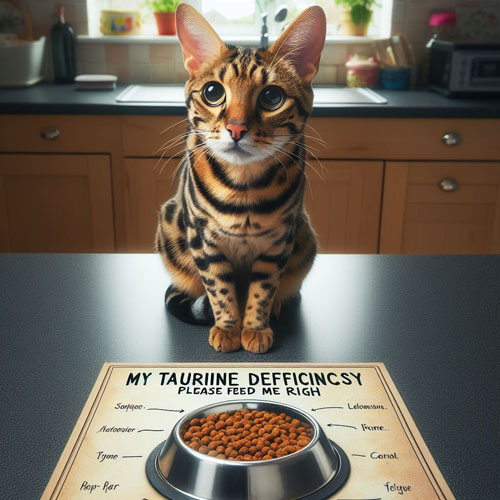Artificial Colors, Flavors, and Preservatives in dry cat food
Dry cat food is a popular choice among pet owners due to its convenience and long shelf life. However, many cat owners are becoming increasingly concerned about the presence of artificial colors, flavors, and preservatives in these products. In this article, we will delve into the world of dry cat food to understand the reasons behind the use of these additives and the potential risks they may pose to feline health.
Artificial colors are often added to dry cat food to enhance its visual appeal. These colors aim to mimic the natural hues found in fresh meat or fish, making the kibble more appetizing to both cats and their owners. However, it is important to note that cats are primarily carnivores, and their taste preferences are driven by the scent and flavor of food rather than its appearance. Thus, the inclusion of artificial colors in dry cat food may be more for the benefit of human consumers rather than their feline companions.
Another concern surrounding dry cat food is the use of artificial flavors. These flavors are designed to mimic the taste of real meat and fish, enhancing the palatability of the kibble. While this may seem like a positive attribute, it is important to question the necessity of artificial flavorings in a product that claims to provide a balanced diet for cats. Ideally, dry cat food should contain high-quality, natural ingredients that naturally appeal to a cat’s taste buds, leaving no need for artificial additives.
Preservatives are yet another common addition to dry cat food. These substances are used to prolong the shelf life of the product, preventing spoilage and ensuring that it remains fresh for an extended period. However, many of these preservatives have been associated with adverse health effects in cats. For example, some studies have linked the use of certain preservatives, such as BHA and BHT, to an increased risk of cancer and other chronic diseases in felines. It is therefore crucial for cat owners to carefully read the ingredient labels of dry cat food and opt for products that use natural preservatives or no preservatives at all.
As a responsible cat owner, it is essential to be aware of the potential risks associated with the consumption of dry cat food containing artificial colors, flavors, and preservatives. While these additives may help improve the appearance, taste, and shelf life of the product, they may also pose long-term health risks to our beloved feline companions. Therefore, it is advisable to choose dry cat food that prioritizes natural ingredients, minimizes the use of additives, and provides a balanced and nutritious diet for our cats.
In conclusion, the use of artificial colors, flavors, and preservatives in dry cat food is a topic of concern for many cat owners. While these additives may enhance the visual appeal, taste, and shelf life of the product, their potential risks to feline health cannot be ignored. By selecting dry cat food that prioritizes natural ingredients and minimizes the use of additives, we can ensure that our furry friends are provided with a nutritionally balanced diet that supports their overall well-being.
